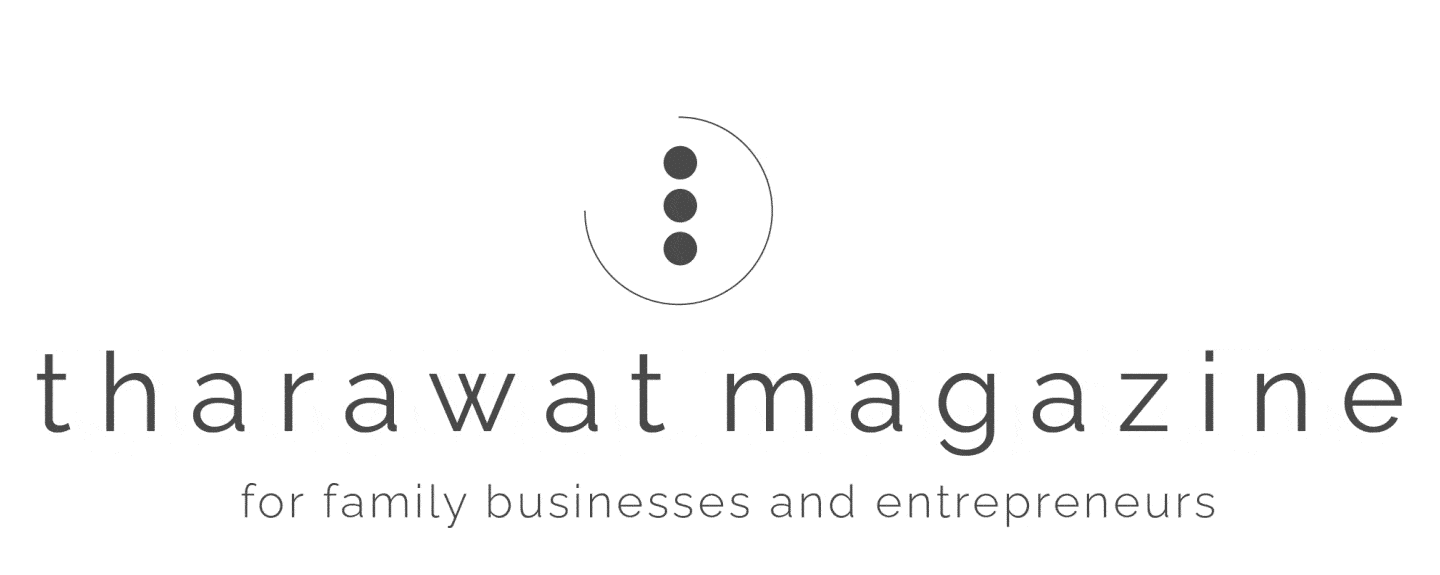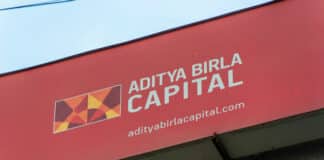
Similar to customer experience (CX), employee experience (EX) is the sum of all interactions that the workforce has with their organisation; it defines their relationship with the business. Just as CX is the totality of the customer journey, EX encompasses every interaction employees have with the business, from their first contact as a potential recruit, through their tenure and even after they exit.
The Secret Formula
At the same time as investing billions of dollar in an improved customer experience, the world’s leading firms have discovered a secret ingredient – one that almost doubles their impact – the Employee Experience (EX).
These organisations have realised that EX provides them with a competitive advantage. Hence, they are making EX a strategic priority and a core constituent of their HR digital transformation strategy.
Interestingly enough, they didn’t have to reinvent the wheel when adding this new dimension. Because of the similarities between CX and EX, they already have the playbook; they just need to change the subject, redirecting their efforts.
EX applies a human-centred approach to design the employee experience, relevant journey maps and employee personas, using digital platforms that manage the process. By adapting net promoter and customer satisfaction scores to instead measure employee satisfaction and loyalty, and by applying people analytics to generate insight, organisations can then improve this journey.
The convergence of EX and CX has finally arrived, and it’s adding value for stakeholders on all sides of the equation: the company, its employees and their customers.
EX and CX Convergence in the Middle East
As the MENA region embraces the Experience Economy, organisations can no longer deliver only products and solutions – they need to provide enhanced experiences. According to a recent report by Micro Market Monitor, the UAE’s transport, logistics and retail sectors are currently leading the way in this regard – driving MENA’s customer experience solutions market to a record high of $800 million in 2019.
Some of these companies are well ahead of the curve: they understand the potential of Customer Experience. Improving CX is a key component of their corporate strategy. They have committed themselves to a broad customer experience transformation to improve customer loyalty and satisfaction. By extension, they are also improving profitability. Digital is the key descriptor of these transformation efforts across the board. These companies are using digital technologies to place the customer at the core.
Despite these advances, however, organisations in the MENA are still missing out on the opportunities represented by EX for business performance. Even when they commit to talent as a critical pillar to enable their overall business strategy and deliver on their vision, their business and HR leaders have yet to crystallise how their broader HR strategy will enable their customer strategy and its resultant impact on business performance. Linking the two is the missing piece.
We Have the Recipe
Looking to global organisations who have successfully utilised the interaction between EX and CX as a reference point, an apparent opportunity exists for large family businesses in the region to lead the way. Those who can tie this interaction into the strategic decision to digitally transform are one step ahead.
To begin the transition, family businesses must start by making EX the linchpin of their HR digital transformation efforts. They must recognise their people as the core of their business sustainability, just as the customer is the heart of their CX digital transformation strategy. It’s a simple strategy, but not an easy one.
The bulk of the work lies with HR, who will be required to rapidly upskill on new capabilities like design thinking, business acumen, stakeholder management, people analytics, marketing and communications. HR digital transformation is more than an exercise in implementing HR technology solutions. It is a complete overhaul that touches the core of how HR thinks, plans, and operates in both internally and externally. It’s a steep learning curve, but a rewarding one for those who persevere.
On the bright side, by raising the bar for themselves and the impact of their functions, chief human resources officers in the region have the opportunity of a lifetime to become the value creators for their businesses. Their organisation’s business model will demand it of them.
Therefore, it is time to focus on EX and its improvement. EX must become an integral part of HR strategy, and CHROs need to exercise their influence to ensure that the necessary financial budgets are committed to EX development.
Everything starts with Executives and HR leaders understanding the importance of the two disciplines – EX and CX – and their convergence so that together, they can create a compounded impact on performance. Making the connection between EX and CX is a recipe for competitive advantage. Happier employees and happier customers lead to better brand and company loyalty, increased sales, and added value on all sides of the equation.










